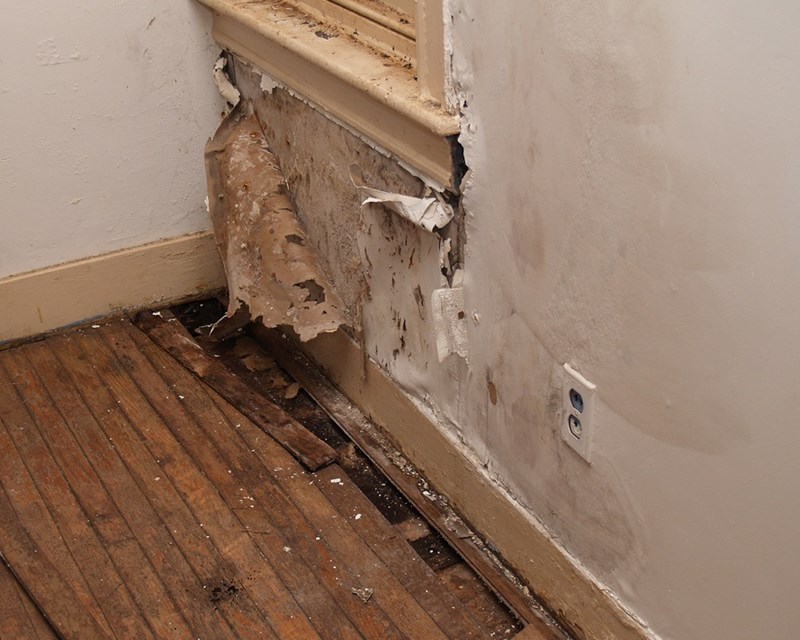This post down below relating to Looking for Signs of Water Damage in the Bathroom is highly captivating. Have a go and make your own final thoughts.

The washroom is extremely vulnerable for moist buildup as well as possible water damage because of the regular use water in it. This write-up supplies simple assessment strategies to aid spotting water damage risks.
The frequent use of water in the shower room makes it very at risk for damp build-up as well as possible water damages. By inspecting it regularly, you can decrease water associated problems.
The following set of assessments is simple to do as well as must be done as soon as in every 3 months in order to maintain your washroom healthy and also to prevent potential water problems triggered by the tub, the shower, pipe joints as well as plumbing, sinks, cupboards, as well as the bathroom
Do not disregard doing these assessments as well as be complete while doing them. Bear in mind that these straightforward examinations can save you a lot of money by giving early indications for water damage
Bathtub as well as Shower
The shower and also bathtub need special focus as well as maintenance. Examine the floor tiles and change if fractured. See to it that there is no missing cement between the tiles. Check and replace cracked caulking at joints where the wall surfaces satisfy the flooring or the tub. Clogged drains and also pipelines issues will protect against the bath tub from drying and may indicate significant troubles under the bath tub. Talk to a professional immediately to stop structural damage. Take notice of discolorations or soft locations around the bath tub walls as they may indicate an internal leak.
Plumbing
Signs for water damage are difficult to discover because the majority of pipes are installed inside the walls.
Pay unique interest to flooring and also walls dampness as well as discolorations as they may show an unseen plumbing issue. Inspect dampness degrees in adjacent spaces as well.
Sinks and also Cabinets
Sinks and cupboards are exposed to wetness and humidity everyday and also are commonly overlooked. Check consistently under the sink as well as on the kitchen counter above it. Fix any drip in the trap as it might suggest drainpipe troubles. Take a look around the sink, slow-moving draining pipes might show an obstructed drain. Change sink seals if they are cracked or loose.
The Bathroom
The commode is a vulnerable water junction. Inspect the water lines as well as look for leaks around the bathroom seat, in the tube, and under the water storage tank. If you identify any kind of signs of wetness on the flooring around the toilet, check for leakages in the toilet rim as well as container seals.
Be aware that hanging toilet dish antiperspirants increases the possibilities for blockages.
Water Damage Signs In The Bathroom To Avoid Cleanup
Musty smell
This is one of the easiest signs to catch because musty smells are so odorous. The damp, earthy, moldy smell should be a big red flag. The smell will develop when moisture gets trapped in surfaces, and begins to facilitate mold growth. Leaking pipes under cabinets, inside walls, and behind shower fixtures will cause moisture to stay trapped and not dry, which will lead to mold growth and spread. As soon as you notice any musty smells in your bathroom, have it checked for hidden water damage and cleanup signs.
Visible mold
If the smell isn’t there to give it away, sometimes you will actually see mold growth. Finding mold in your bathroom is a serious problem, because mold is very harmful to your health. By the time mold growth is visible, it also means that water damage has already occurred and been present for some time. The only way the mold problem can be resolved is to find the source of the moisture and get it stopped. To safely and adequately remove mold, you need to have professionals handle the remediation. Do not waste any time in getting mold problems addressed, fixed, and sanitized so that you can protect you and your family from the many respiratory symptoms caused by mold exposure.
Damaged floors
Bathroom floors should be able to withstand some exposure to water while still remaining in good condition. However, when excess exposure or water leaks occur, they will begin to damage even the most water-resistant flooring. If you notice any cracking, bubbling, staining, or warping on your bathroom floors, there is probably a water leak somewhere causing the distortion. If you notice areas of the floor have become softer, or even have a spongy feeling, there is probably damage to the subfloor. Subflooring is typically made up of plywood. When plywood is exposed to water or moisture, it will absorb it. Once it has become saturated, the weight of the excess water will cause the wood to swell and soften. Check the floors in your bathroom frequently to catch any of these sings before they lead to damaged subflooring.
Changes on walls
When water leaks behind walls, it will cause changes in the drywall. Peeling plaster, blistering paint, and soggy wallpaper are all good indicators that excess water is building up behind the wall. Water leaking behind drywall will cause it to swell and be soft to the tough. If you start to notice gaps along the trim of your walls, or where tile meets the wall, it could also be a strong indicator that there is a leak behind the wall. Any changes, distortion, or damage on the walls should be evaluated as soon as you notice it to prevent further water damage and cleanup.

As a passionate reader about How to Fix a Water Damage Bathroom, I think sharing that excerpt was a good idea. Sharing is good. Helping others is fun. We appreciate reading our article about Common Causes of Water Damage in a Bathroom.
Get An Estimate